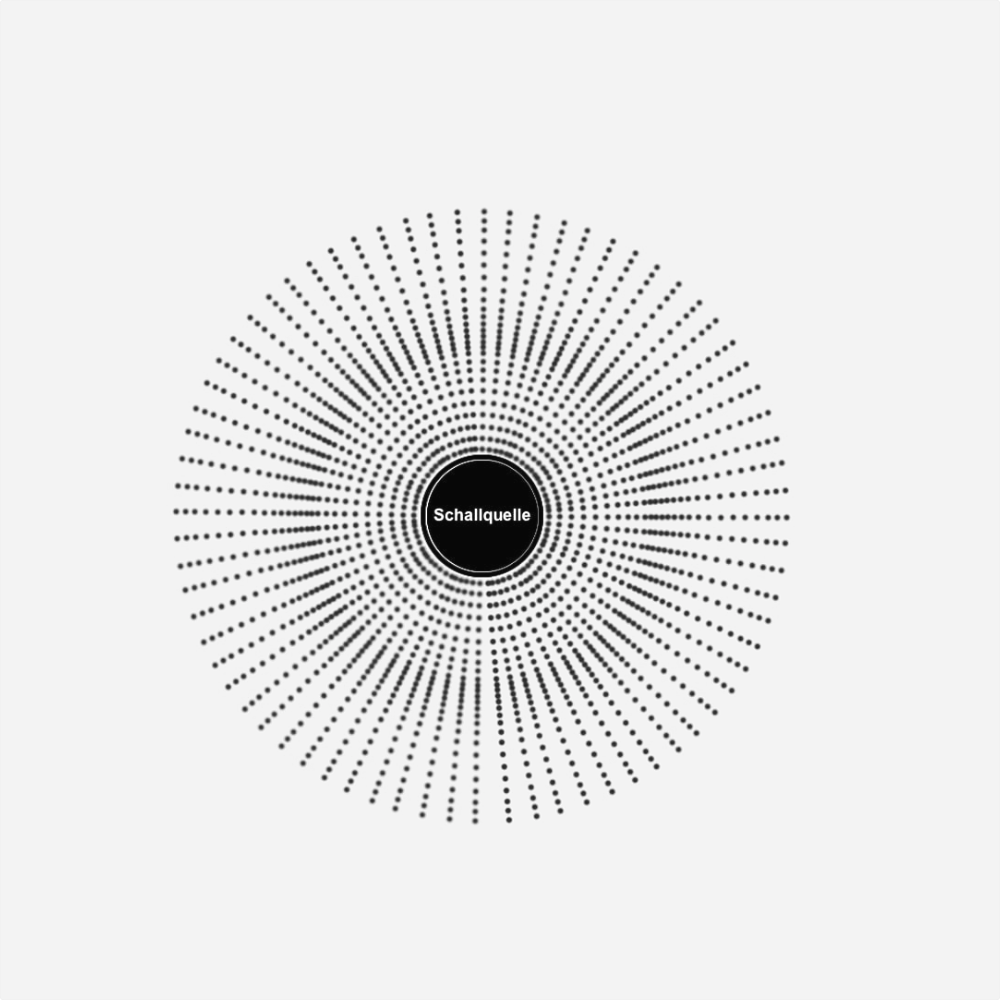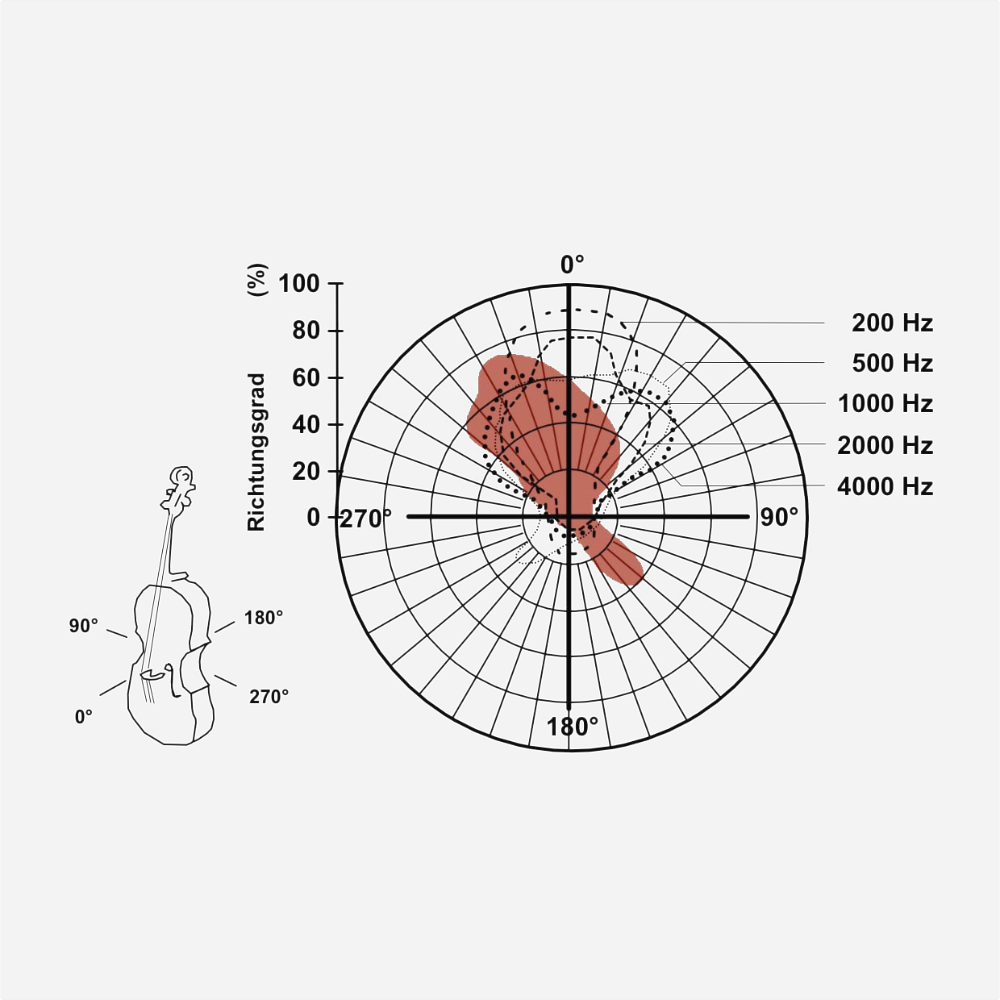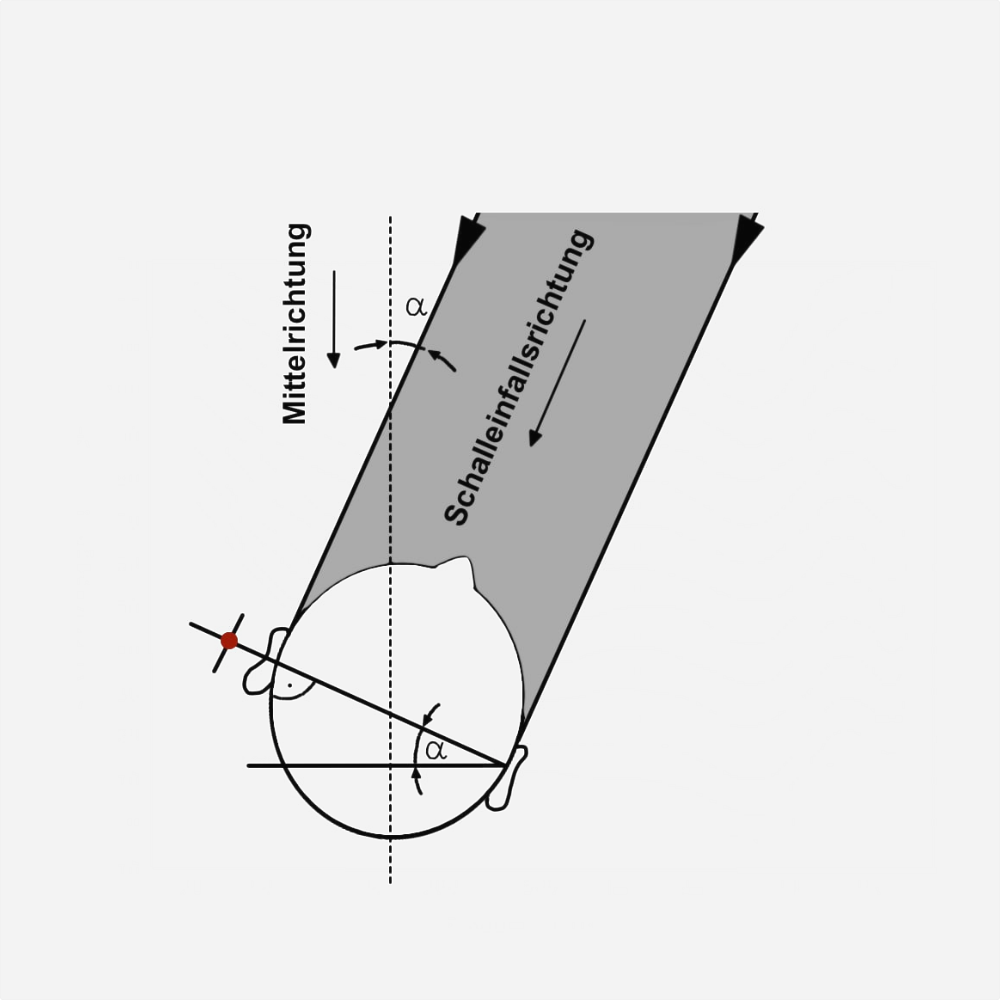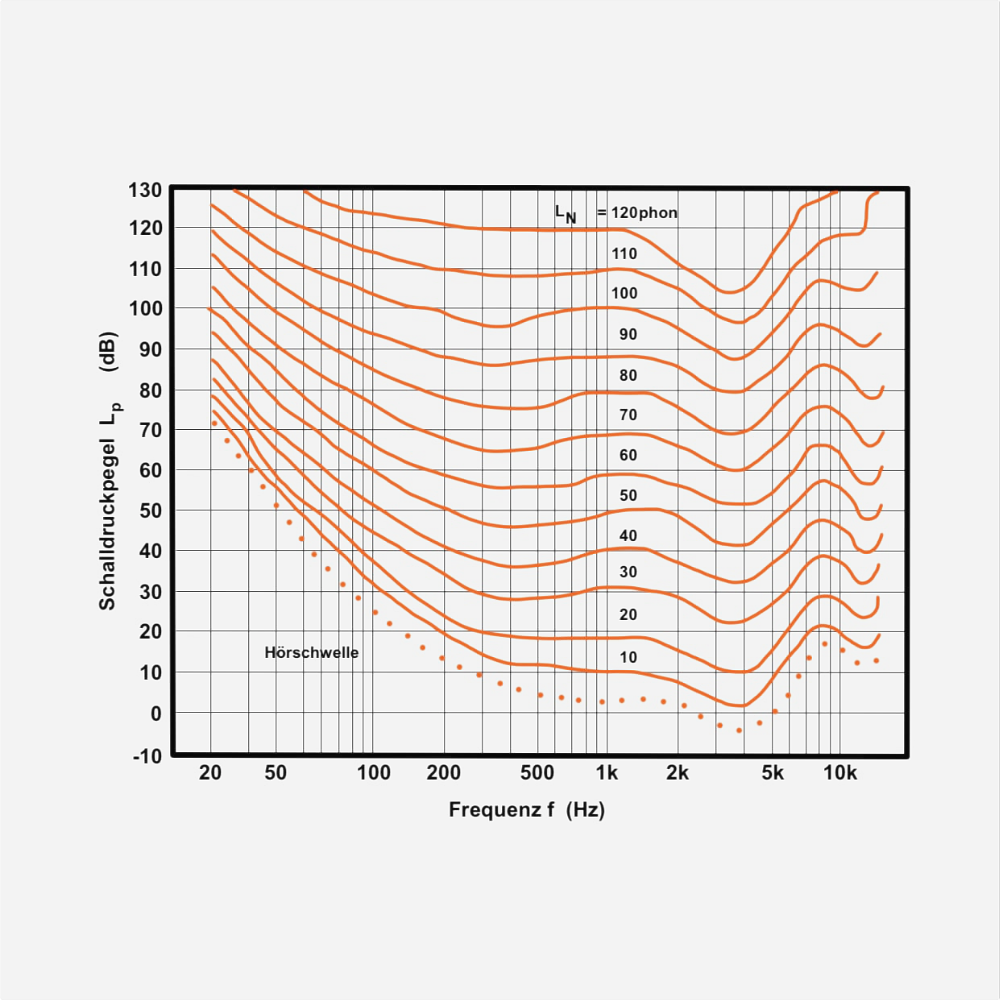Fundamentals
of sound
Acoustics is the study of sound. Sound waves are pressure fluctuations that propagate in a medium after excitation by a sound source. The sound we can hear propagates through air and is called airborne sound. However, in the case of sound transmission between two rooms, for example, sound can also travel through solid bodies. In this case, it is called structure-borne sound. Structure-borne sound can also be generated by direct excitation. Excitation by footsteps that spread across the floor and can eventually be heard in other rooms is referred to as impact sound.
Origin of sound
Sound waves are created when air molecules are made to vibrate by a sound source. This often happens with the help of a membrane, as is known from a loudspeaker. The human vocal cords are also a type of membrane. Sound waves, however, can also be generated by the vibrating system of percussion instruments, wind instruments or string instruments.
When an air particle is moved, it pushes other air particles and a sound wave propagates.
A lake can also be used in comparison, where waves are created when a stone is thrown into it.
From the starting point, the circular peaks and dips of the waves spread out spherically around the excitation point. The speed with which the sound waves spread from the exciter depends on the properties of the medium. At normal room temperature, the speed of sound in air is 343 meters per second or 1235 km/h.
Hearing threshold
Unlike many microphones, the human ear is not equally sensitive at all frequencies. Especially towards very low and very high frequencies, the sensitivity of the ear decreases rapidly. This means that sound waves of the respective frequencies must be significantly louder than medium frequencies in order to be perceived at all. An ear-corrected measure is the A-weighted sound pressure level dB(A).
Airborne sound, structure-borne sound and impact sound
When we talk about sound, we usually mean the airborne sound that reaches our ears. However, in the field of building acoustics in particular, there is also structure-borne sound to consider. This refers to sound that propagates within solids such as walls, floors and other objects.
Depending on the material, structure-borne sound can be transmitted with relatively little loss over long distances. Critical in this respect are heating installations and solid interconnected walls, ceilings and floors.
Problems often arise with the sound insulation of low-frequency noise. Due to the high wavelengths and the often very high sound pressure levels, the noise easily reaches the neighbor. A problem that can often only be solved by extremely costly construction measures such as a room-in-room construction.
Structure-borne noise can have two different causes:
- Airborne sound hits solid bodies like ceiling, walls or floor and is transformed into structure borne sound
- Solid sctructures are vibrated directly via excitation (like knocking on a wall)



